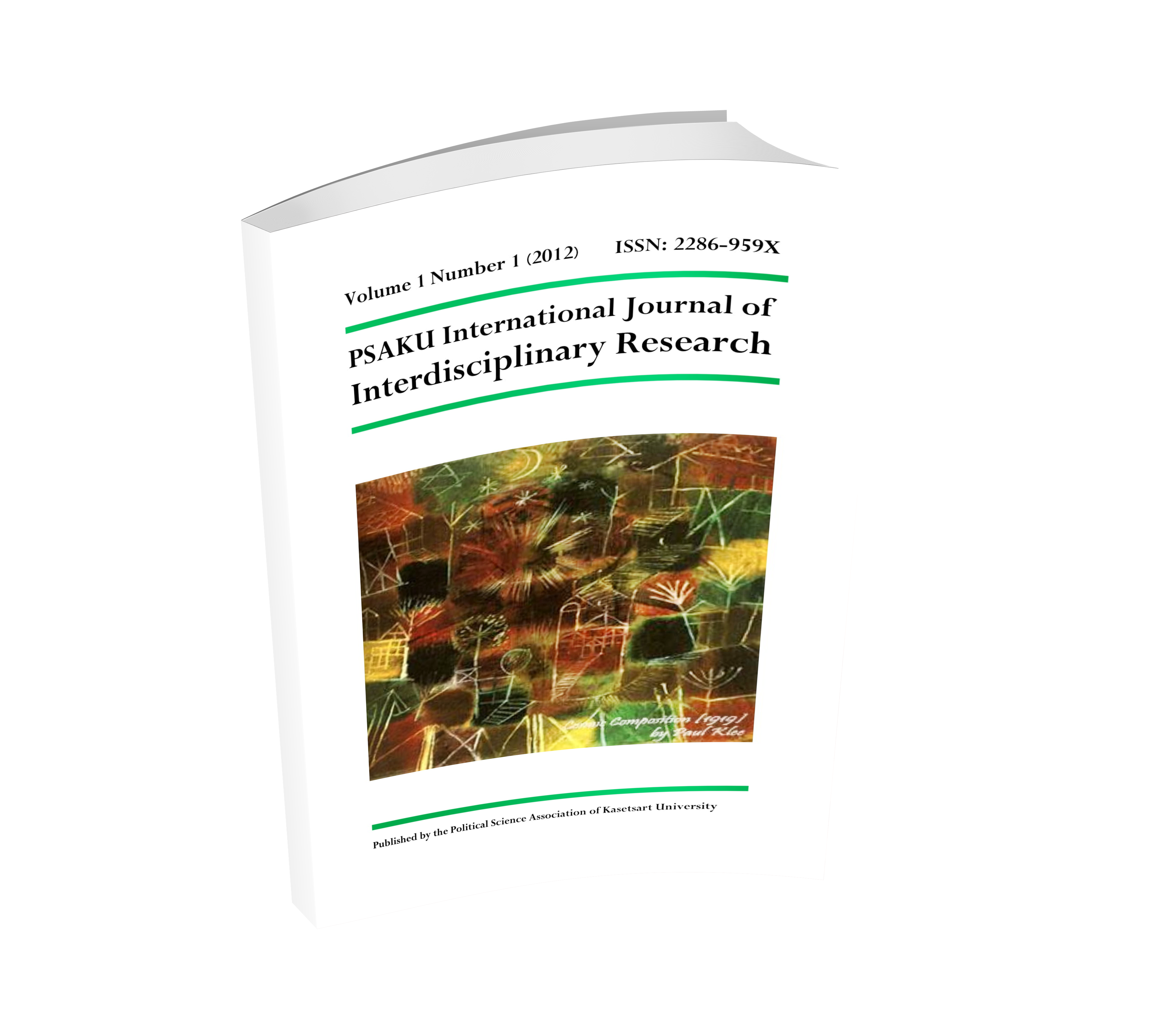Technical Efficiency of District Hospitals in Afghanistan: a Data Envelopment Analysis Approach
Keywords:
Data Envelopment Analysis, District Hospitals, Hospital Efficiency, TechnicalAbstract
The objectives of this study were to measure the Technical Efficiency (TE) of District Hospitals (DHs) and to determine factors affecting the hospitals’ efficiency. Input-orientated Data Envelopment Analysis (DEA) was applied to measure the technical and scale efficiency scores of 68 DHs in the Solar years of 1389 and 1390. At the second stage of this study, a Tobit regression analysis model was used to assess the influential determinants of the hospitals’ efficiency. Results of the DEA indicated that 40 (59%) and 38 (56%) of the DHs were inefficient in 1389 and 1390 respectively. Mean of Variable Return to Scale (VRS) TE was 90% and 88% during the two periods of the study, respectively. The Increasing Return to Scale (IRS) of DHs was 51 (75%) and 52 (76%) for their patterns of scale inefficiency for the years 1389 and 1390, respectively. Total number of slack inputs, such as, doctors, nurses, midwives, non-medical staff and beds were (46.30, 19.57, 20.51, 10.46, 97.87) in 1389 and (29.97, 11.06, 12.28, 11.45, 70.50) in 1390. Average Length of Stay (ALOS), Bed Occupancy Rate (BOR), OPDPHY (Outpatient-Physician ratio) and (BEDPHY) Bed-Physician ratios have been regressed against VRSTE scores. Results of the Tobit regression model revealed that outpatient-physician ratio was significantly correlated to VRSTE at 95% Confidence Interval (CI) in the solar years of 1389 and 1390, while ALOS, BOR and BEDPHY were found insignificant during both periods of the study. However, their signs were similar to what was expected. Exclusion or omitted variables in the model might be possible reasons for insignificancy in the regression model.












.png)

